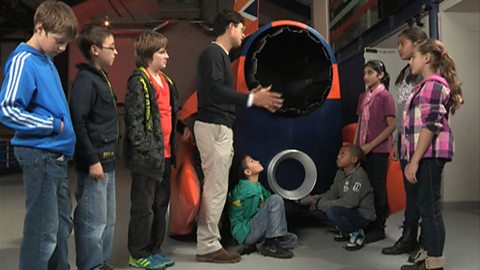Children from New Invention Junior School in the West Midlands investigate their reaction times and how these are affected by distractions.
They use the ruler-drop test to measure how fast they react, and see how distractions such as doing a sum or remembering a series of letters effects their timings.
The more they practice, the better they get, so they introduce bigger distractions like the whole class playing musical instruments.
The experiment helps them to understand how hard it will be for Bloodhound's driver to concentrate and react quickly at 1000 mph, when there are many things to think about all at once.
This clip is from the series The Bloodhound Adventure.
Teacher Notes
This clip could be used following an initial discussion about human reaction times and their importance in everyday life.
The clip introduces the idea of the ruler drop test to investigate reaction times.
It contains details of how to perform a fair and meaningful test that could lead to investigations in class.
The children could be asked what they think affects reaction times in individuals and also consider adaptations in other animals.
This clip would also be useful throughout an area of study looking at multitasking and the power of the brain to multiprocess.
Curriculum Notes
This clip will be relevant for teaching Science or Design and Technology at Key Stage 2 in England, Wales and Northern Ireland, and Level 2 in Scotland.

More from The Bloodhound Adventure
Experimenting with balloon-powered cars. video
Primary school pupils investigate which model car design is faster; one propelled by an elastic band around the axel, or a balloon-powered car which doesn't directly power the wheels.
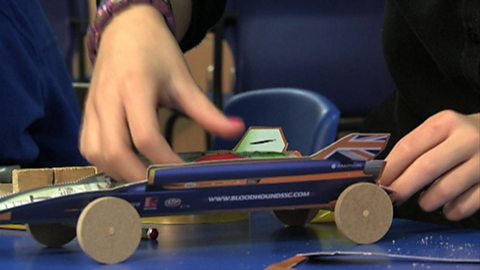
What's Bloodhound like to drive? video
Primary school children investigate what driving a car at over 1000 mph would be like, by trying out at RAF flight simulator and taking a flight with Bloodhound's driver Andy Green.

Experimenting propulsion with water rockets. video
Primary school children investigate the theory behind what makes the Bloodhound Supersonic car's rocket engine work, trying to make their water rockets travel the farthest.
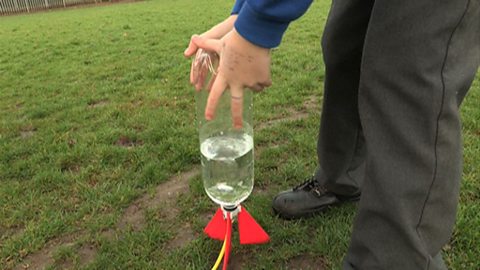
Harnessing air resistance with parachutes. video
Children from Links Primary School in London investigate harnessing air resistance in order to safely drop an egg, experimenting with different parachute designs.
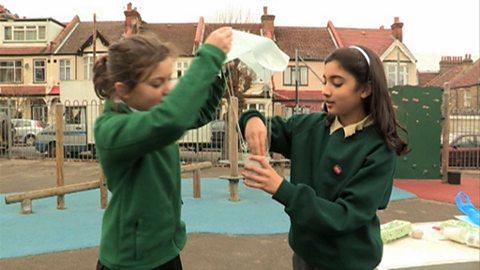
How air resistance slows down vehicles. video
Bloodhound Investigators find out how air resistance can be used to slow down vehicles. They also discover the importance of traction, drag and aerodynamics.

Investigating air and water resistance. video
Primary school children investigate which shapes travel fastest through water, to understand what is the best design for the Bloodhound Supersonic car.

Investigating friction. video
Dr Yan Wong and children from Links Primary School in London investigate friction by trying to separate two interleaved books.

Is the Bloodhound SSC a car, a boat or a plane? video
Bloodhound Investigators find out if Bloodhound SSC is a car, a boat or a plane. They compare and contrast features of each with input from members of the Bloodhound team.
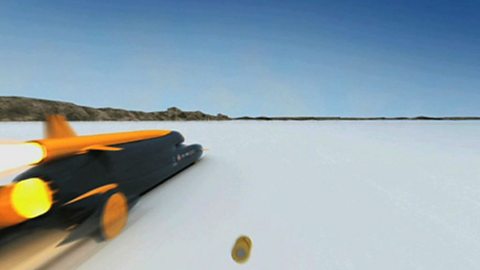
What impact does air resistance and density have on travelling fast? video
Primary school children try skydiving, flying a microlight and racing in a swimming pool to understand how air resistance and density will affect the Bloodhound Supersonic car.
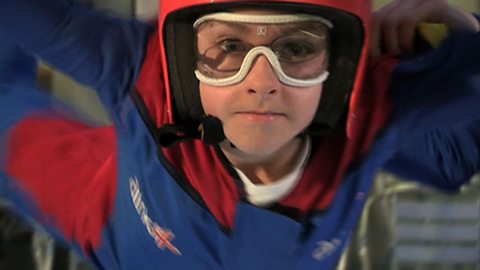
Why doesn't Bloodhound have tyres? video
Primary school investigate why cars normally have tyres - even though Bloodhound SSC does not. They visit a race track to find out about grip and traction, and ride bikes to find out about comfort.
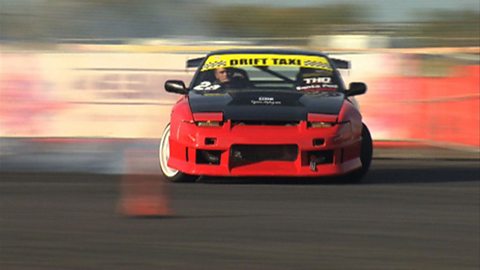
What makes a supersonic car move? video
Primary school children find out about the engines that will propel the Bloodhound Supersonic car to 1000 mph, a jet engine and a rocket engine.
